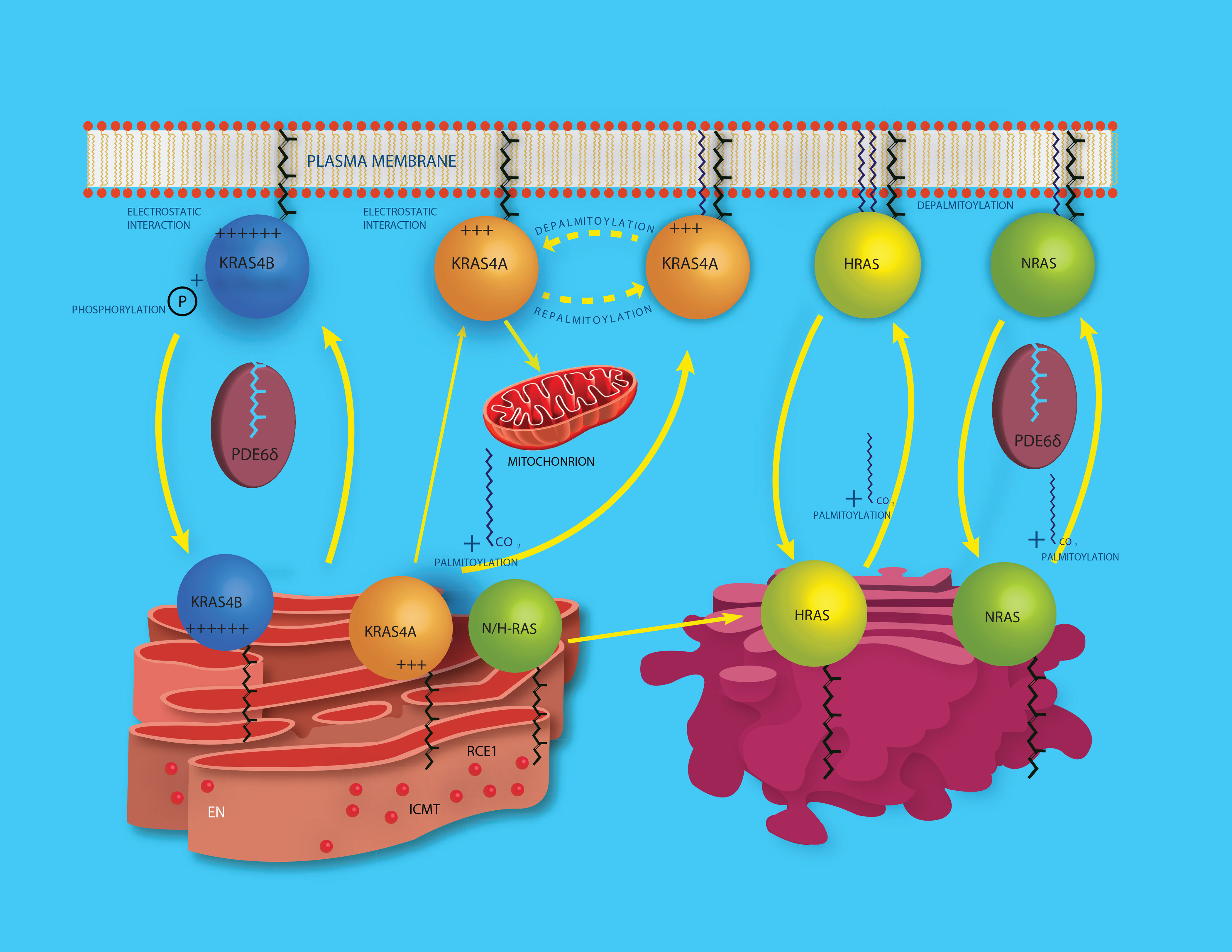Figure 2. Postprenylation modification and trafficking of RAS.

All RAS proteins are prenylated in the cytosol and then delivered to the cytosolic face of the endoplasmic reticulum (ER) where CaaX processing is completed through the actions of RAS converting enzyme 1 (RCE1) and isoprenylcysteine carboxylmethyltransferase (ICMT). CaaX processed NRAS and HRAS then traffic to the cytosolic face of the Golgi apparatus where they are palmitoylated and thereby gain enough affinity for membranes to engage in vesicular traffic to the plasma membrane (PM). NRAS also traffics through the cytosol in complex with chaperones such as PDE6δ and VPS35. Depalmitoylation occurs at the PM allowing NRAS and HRAS to cycle back to the Golgi for another round of palmitoylation. KRAS4A is palmitoylated, although the location for this modification has not been determined. KRAS4A is also depalmitoylated at the PM and moves to endomembranes that include the outer mitochondrial membrane. KRAS4B has a strong polybasic region that substitutes for palmitoylation, the prenylated protein traffics in complex with chaperones like PDE6δ and loses affinity for the PM upon phosphorylation of S181 in its HVR.
